The two boats featured in our profiles this month could not be more different: the Gorran Haven crabber, a 16′ yawl built to traditional working-boat lines; and the Optimist Dinghy, a spritsail pram just 7′ 9″ in length. Yet, despite their clear differences these two boats have something in common: they have withstood the passage of time.
In the Maine Maritime Museum in Bath, Maine, among exhibits that tell the stories of the region’s early maritime and later shipbuilding history, there are two original boats that, like the crabber and Optimist, have survived while countless others of their types have vanished without a trace. The 14′ 7″ Rangeley Lakes guideboat, built by Charles W. Barrett in around 1915, is one of a style that first emerged in Maine’s Rangeley Lakes region in 1869, designed and built for fly-fishing. Flat-bottomed and shallow-drafted, with their maximum beam carried well into the ends, the type was roomy enough to accommodate a sportsman and his guide, stable enough for one or both men to stand up in their endeavor to hook and net fish, and shallow enough to maneuver through shoal waters. In its original form, the Barrett guideboat would have been double-ended, but sometime after 1930 it was modified to accommodate an outboard motor. Indeed, so successful was the type that as outboards became more popular, later models were simply adapted and built with transom sterns. Even though guideboats were designed and built with utility in mind, there is beauty in this example’s functionality, the closely spaced frames and narrow, carefully lined-off planks accentuating a sweeping sheer that rises to the high straight stem. Rangeley Lakes guideboats are still in use in parts of Maine, and new examples are built every year.
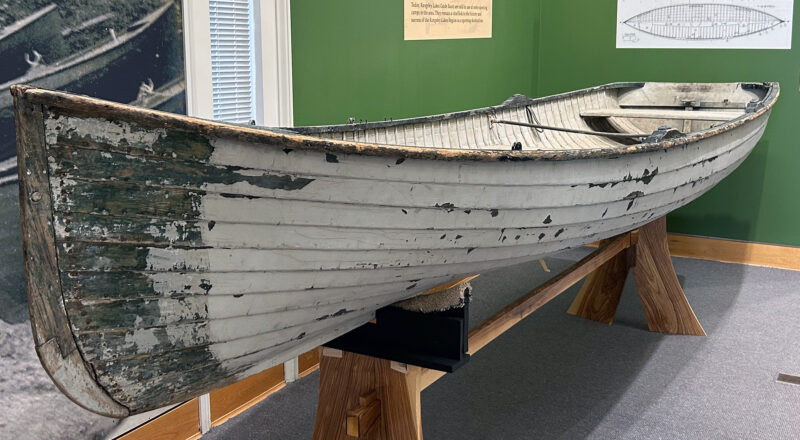 Photographs by the author
Photographs by the authorWhen built, c.1915, this Rangeley Lakes guideboat was a double-ender. Despite the alteration to a transom stern made after 1930, presumably to accommodate an outboard motor, the boat retains its sweeping lines, accentuated by the carefully lined-off narrow planks.
The guideboat is not the oldest boat in the museum. That distinction goes to a Wabanaki birchbark canoe, thought to have been built around 1745. Its bark has been carbon-dated to between 1729 and 1780, likely establishing it as the oldest birchbark canoe anywhere in the world. The construction of the canoe, from harvesting the bark to fashioning the wooden pegs used as fastenings, to shaping the frames and splitting and shaving the spruce roots used to bind the gunwales and tie in the bark, would have taken hundreds of hours. But even more remarkable than the labor required is the beauty of the workmanship, the care seen in precise measurements repeated over and over and mirrored end to end and side to side.
Despite the vast differences in age, and the materials and tools used, the guideboat and the canoe share a distinct quality: beauty. For those taking more than a passing glance, beauty is evident in the boats’ fair curves, their symmetry, and the uniformity in their details from bow to sterns. Is it beauty, then, that has given them both longevity far beyond the purpose for which each was built to serve?
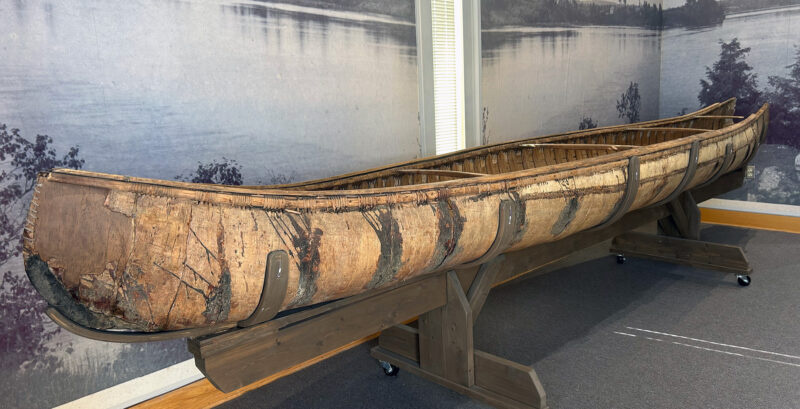
The Wabanaki canoe, on loan to the Maine Maritime Museum from Pejepscot History Center in Brunswick, Maine, is thought to have been built around the middle of the 18th century. Its length would have been between 19’ and 20’ overall but now, missing one of its ends, it measures 17’ 6”. Construction details such as wide ribs, edge-to-edge planking, and significant tumblehome were typical of Wabanaki-made canoes. The method of attaching the thwarts to the gunwales is unusual—commonly the thwarts would have been mortised into the gunwale, but here they are inserted into controlled splits. Conservation work on the canoe was carried out by Steve Cayard, a non-native builder who has worked with native communities to revive birch-bark canoe building.
The Gorran Haven crabber traces its story back 150 years to a sloping Cornish beach once busy with working fishermen. Like the canoe and the guideboat, the crabbers were not built to last for decades; indeed, most had short lives. Nor were they built to be beautiful. Yet, with their long shallow keels, raked transoms, slender ends, and balanced rigs they were undeniably pleasing to the eye, well beyond what their use required. The new crabbers being built today in Cornwall, U.K., continue in that pursuit of beauty.
But what of the Optimist Dinghy? There are few who would describe the Optimist as beautiful. Indeed, even its designer, Clark Mills, described it as looking “kinda funny.” And yet the Optimist has not only survived since its creation in 1947, it has thrived—growing from a simple plywood pram sailed by a bunch of kids in Florida to a still-simple fiberglass dinghy that has been sailed by millions of kids around the world. It has done so not because it is a beautiful boat, but because it serves its purpose exceptionally well. And while it may seem that its utility has won the day, perhaps its beauty is in the experience it offers and the lifelong memories it can create.![]()

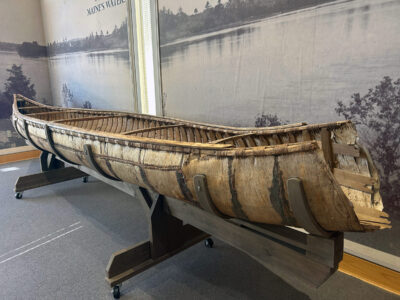
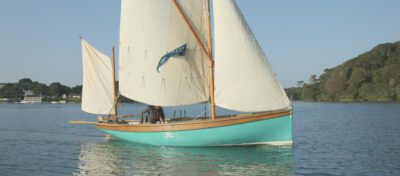
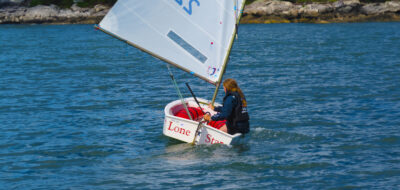
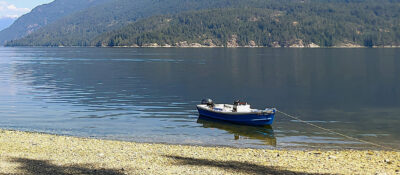
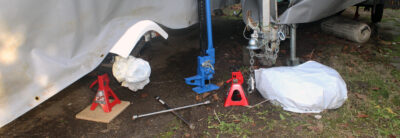
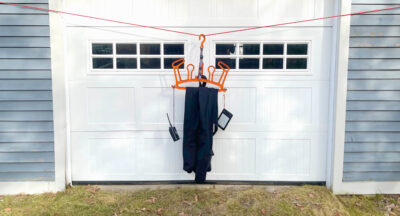
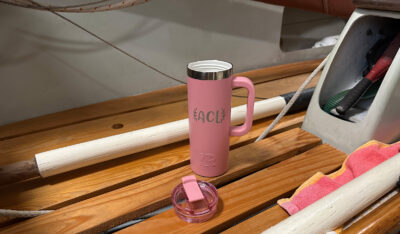
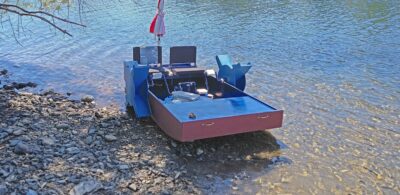

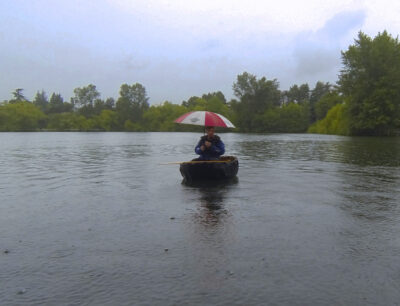


The Barrett Rangeley Lakes boat started it’s life as a 17′ or so double ender. To convert it for an outboard, it was simple to wack it off at about 14 then insert a transom. A 17 footer in the Mystic collection had the after foot or so of ribs and the stern stem removed. Then the boat was spread, a transom was inserted, and some frames added to replace the ones removed. There is a nice 14 foot solo Rangeley in the Mystic collection that Barrett built for a sport. It has frequently been duplicated including maybe twenty or so when we were looking at building methods for building lots of a single boat type.
For more on Rangeley guideboat history, an early discussion can be found in “The Rangeley Boat: A Background Sketch, by John Gardner, The Log of Mystic Seaport, winter 1973.
Later histories include “The Rangeley Tradition”, by Paul McGuire, Wooden Boat No. 39, spring, 1981, and Stephan A. Cole, The Rangeley and Its Region, Tilbury House, 2007.